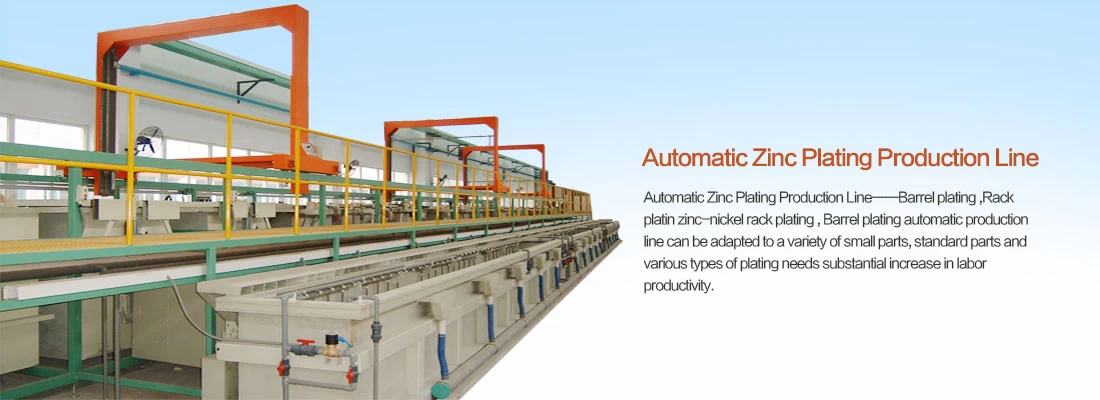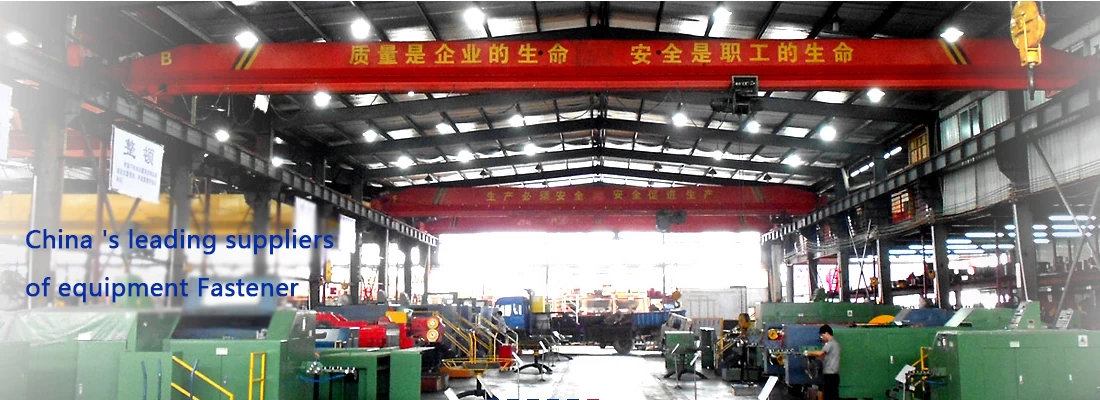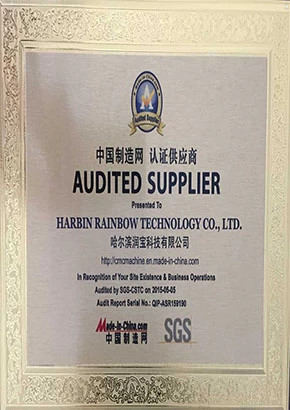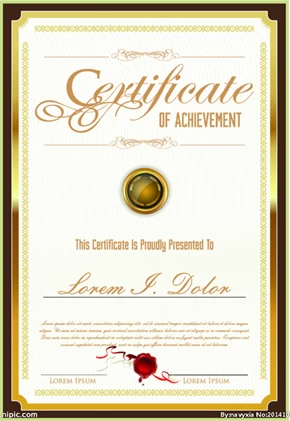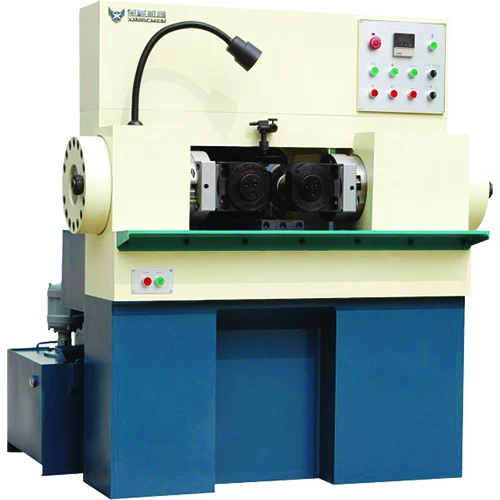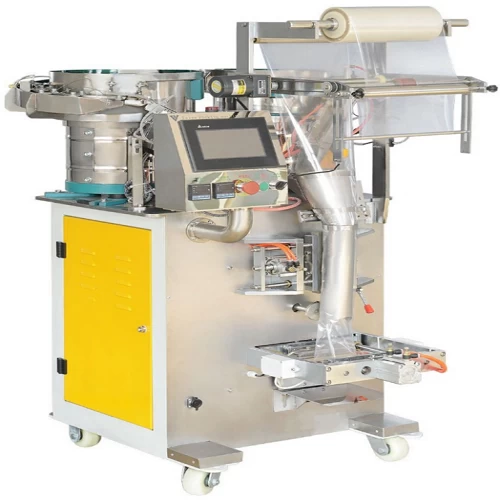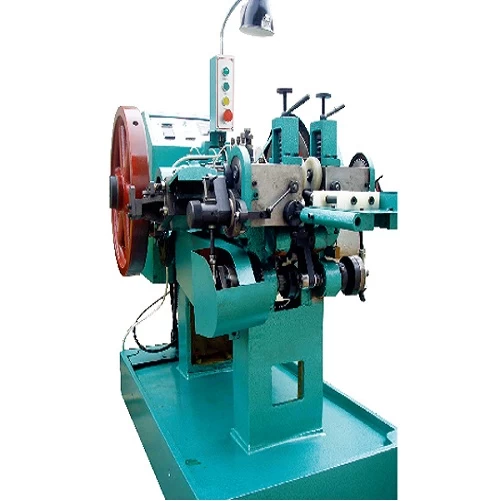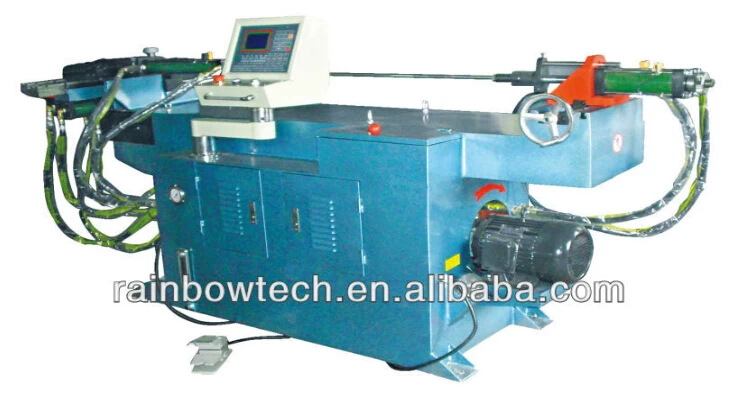Thread Rolling Machines Information
Thread rolling machines generate threads by displacing and flowing metal into a thread shape. Thread rolling machines are used to produce screws, bolts, and studs. Thread rolling is a cold-form forming operation used to form external screw threads in a blank. During the thread rolling process, a hard die is pressed onto a rotating workpiece (also called a blank) that is attached to the thread rolling machine. The thread rolling machine gradually increases the force that is applied to the workpiece. This force rolls the thread profile from the hard die onto the attached blank. The material on the blank is displaced to form the roots of the thread and the displaced material flows outward. The thread form is the shape or profile of the screw threads that are rolled into the blank.
Symmetrical threads are easier to manufacture and are used for general-purpose fasteners. The most common screw thread form has a symmetrical V-profile. The most common thread forms are unified screw threads or metric threads. Other types of symmetrical threads include Whitworth and acme threads. The two main types of thread rolling machines are the planetary thread rolling machine and the rotary thread rolling machine. Planetary thread rolling machines (also called a rotary thread rolling machine) hold the screw blank stationary while several thread rolling machines roll around the blank. A planetary thread rolling machine produces planetary roller screws - screws that are used in precise applications that require linear motion. The machine tools used for thread rolling aluminum are similar for those used to thread roll steel and brass.
Thread rolling machines allow for a much faster process than tapping or threading. In addition, thread rolling produces fine surfaces, has high production rates, low material costs, and does not produce chips. Threads and screws produced by thread rolling machines have much greater strength in terms of tension, shear, and fatigue resistance. Static tensile tests have reported increased strength of parts by as much as 30%. Thread rolling machines also provide greater accuracy as the thread grain is not severed, but formed in an unbroken line. Threads produced by thread rolling are also less likely to be affected by abrasion and binding. Thread rolling machines are more cost effective than cut threads because of the long life of dies, the minimal need for tool maintenance, and the high production rates.



